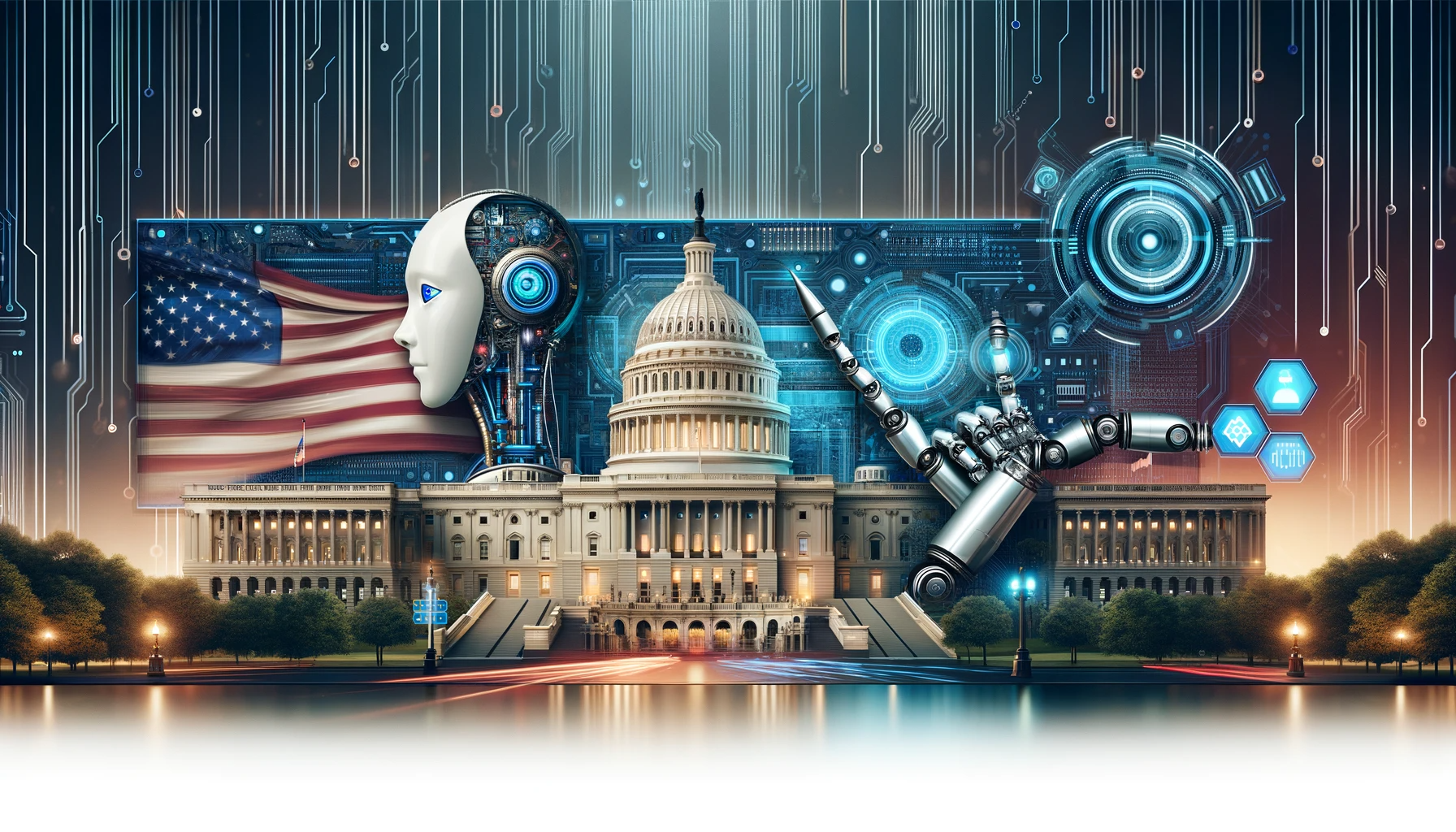I Want to Use AI, But I Don't Know How


As a government leader or employee, you're no stranger to the potential benefits of technology. The emergence of Artificial Intelligence (AI) presents exciting possibilities for enhancing government operations, improving decision-making, and streamlining tasks that previously demanded extensive manual labor. But how can you navigate the world of AI if you're just starting out? In this blog post, we will explore AI and its advantages for government professionals. Additionally, we will delve into various AI forms and discuss successful implementation strategies.
What is Artificial Intelligence?
Artificial Intelligence (AI) represents technology that empowers machines to mimic human intelligence and behavior. It relies on algorithms to facilitate tasks such as problem-solving, language comprehension, data analysis, image recognition, and robotics.
However, AI is often confused with related terms such as Machine Learning (ML), Robotic Process Automation (RPA), and Big Data. Machine Learning is a subset of AI that enables machines to learn from data, while RPA automates manual tasks by following predefined workflows. Big Data refers to large datasets used for analytics and decision-making.
Forms of AI and Automation in Layman's Terms
- Robotic Process Automation (RPA): This technology automates tasks by following "if this, then that" logic, streamlining manual workflows.
- Natural Language Processing (NLP): It enables computers to understand written language, making text-based data accessible and interpretable.
- Machine Vision: This technology enables computers to interpret images and videos, allowing them to "see" and understand visual data.
- Generative AI (Large Language Models): These AI systems generate text based on the input they receive.
- Generative AI (Generative Adversarial Networks): These systems create images based on user specifications.
- Data Embeddings: This technique transforms text data into a format that allows computers to extract valuable insights efficiently.
- Big Data: It refers to vast amounts of data collected from various sources, often consolidated for comprehensive analysis.
What AI Can Do For Government
AI offers numerous advantages for government organizations. Firstly, it can automate manual processes, significantly boosting efficiency. Consider a financial analyst's task of extracting data from a financial database, inputting it into spreadsheets, and generating reports. AI, through Robotic Process Automation (RPA), can automate data extraction and storage in an unstructured database (data embeddings). You can then interact with the data using natural language queries (NLP) like, "Which programs exceed the 50% obligation threshold for the fiscal year?" (generative AI). The result is a rapid transformation of a previously time-consuming task into a single, straightforward question. There are likely many tasks in your role that AI can similarly enhance.
Implementing AI
When embarking on an AI implementation journey, it's wise to begin by addressing a persistent challenge within your organization, even if it appears relatively small in the grand scheme of things. Ideally, target tasks that are consistently tedious or frustrating for your team. Seek assistance from a reputable company to design an AI-powered system to automate and improve these processes. Starting with smaller, high-impact challenges can serve as a foundation for broader AI development, allowing gradual growth.
Furthermore, researching AI implementations in other organizations can provide valuable insights into adapting similar solutions to your context. Engage stakeholders early, including end-users, IT professionals, and leadership, to ensure alignment and address potential issues. Thoroughly test and validate AI systems before full deployment to ensure accuracy and reliability.
Conclusion
AI holds immense potential for government leaders and employees. To successfully implement AI, it's crucial to understand its various forms and applications. With a well-considered strategy and adequate resources, AI can enable better decision-making, enhance efficiency, and automate labor-intensive tasks. If you're contemplating the integration of AI into your organization, start with manageable projects and build progressively—your efforts will yield significant rewards.